The Ingenious Paris Pneumatic Clock Network
For centuries, accurate timekeeping was a challenge. Before electronic clocks became widespread, cities relied on various methods to synchronize time. In Paris, a groundbreaking system was introduced in the late 19th century—a pneumatic clock network developed by Austrian engineer Victor Popp. This system used compressed air to synchronize thousands of clocks across the city, ensuring precise timekeeping for homes, businesses, and public spaces.
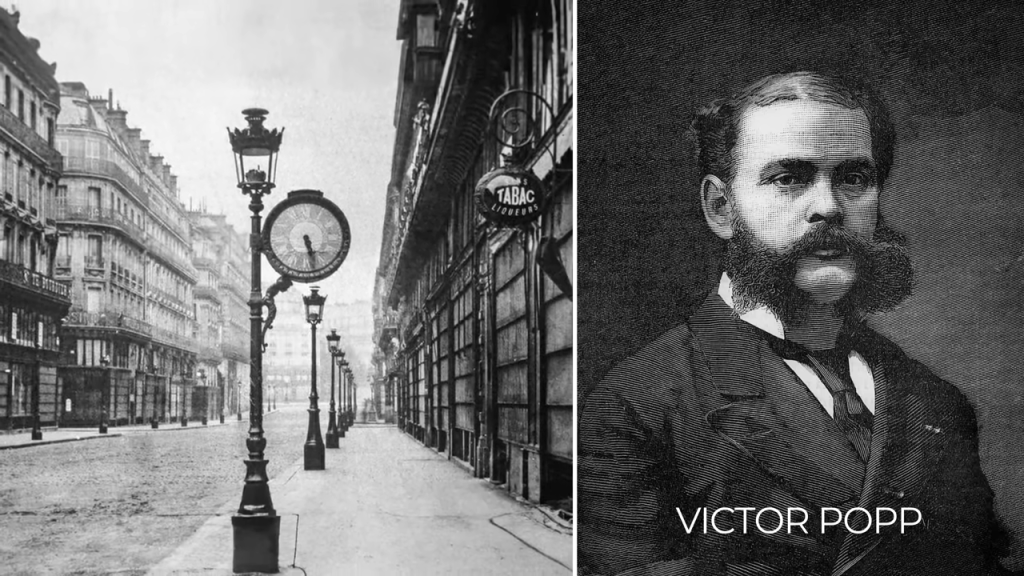
A City-Wide Synchronization
The concept was simple yet effective. A master clock, located at the heart of Paris, sent bursts of compressed air through an extensive network of underground pipes. This air pressure triggered mechanisms in individual clocks, moving their hands forward by exactly one minute. Unlike mechanical clocks that required constant manual adjustments, this system eliminated drift and kept the entire city on the same time.
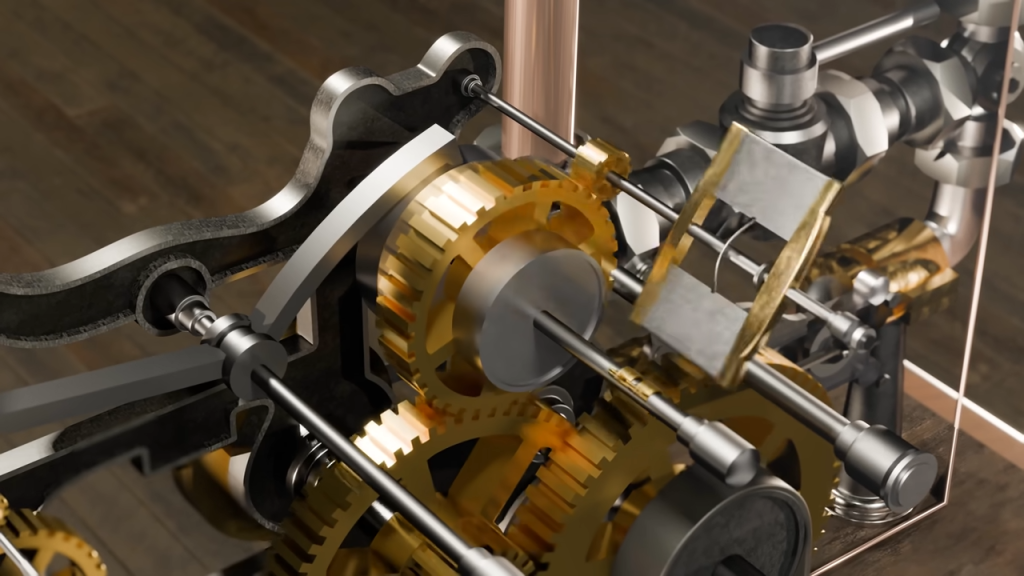
The Great Flood of 1910 and the Clock Network
On January 21, 1910, a catastrophic flood submerged large parts of Paris, causing massive destruction. Interestingly, all of the city’s clocks stopped at exactly 10:50 AM, highlighting their reliance on the pneumatic system. While the flood damaged the underground pipes, the system continued to function for another 17 years before being phased out in 1927, when electrical clocks became more practical.
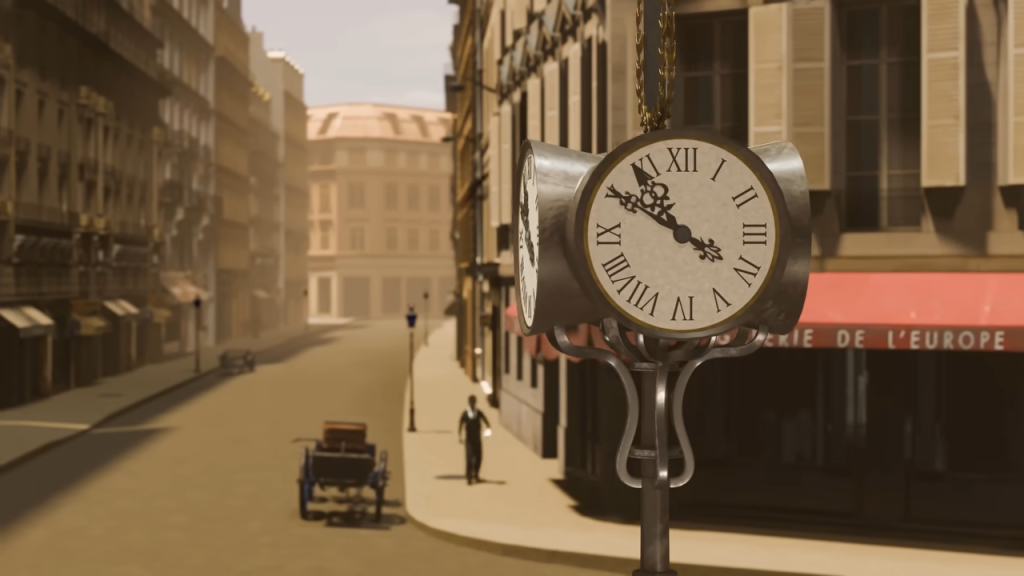
How the Pneumatic System Worked
- The Master Clock – Located in the city center, this highly precise clock regulated time signals.
- Compressed Air Signals – Each minute, a 20-second burst of air was sent through the pipes.
- Underground Pipelines – The air traveled through an extensive network of tunnels and metro lines, reaching every connected clock.
- Clock Activation – The burst inflated a bellows mechanism, which moved the clock’s minute hand precisely by one step.
- Self-Resetting Mechanism – The same air pressure was used to reset the system, making it largely self-sufficient.
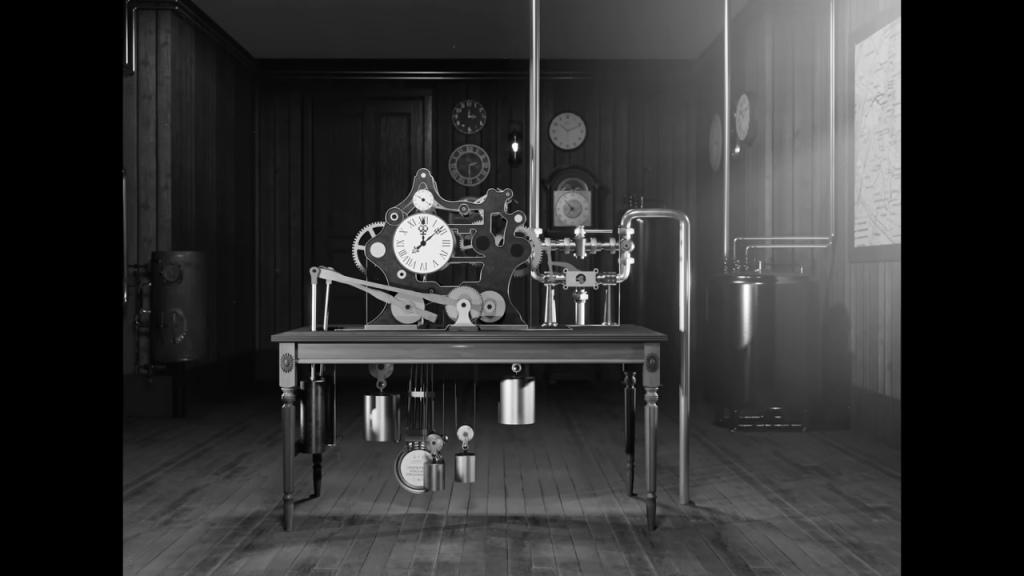
The Importance of Synchronization
Before the pneumatic network, timekeeping was inconsistent. Mechanical clocks drifted apart due to variations in craftsmanship and environmental factors. This made it difficult to schedule business meetings, train departures, and public events. With the introduction of the Paris Pneumatic Clock System, time across the city became uniform for the first time, laying the foundation for the modern era of precise timekeeping.
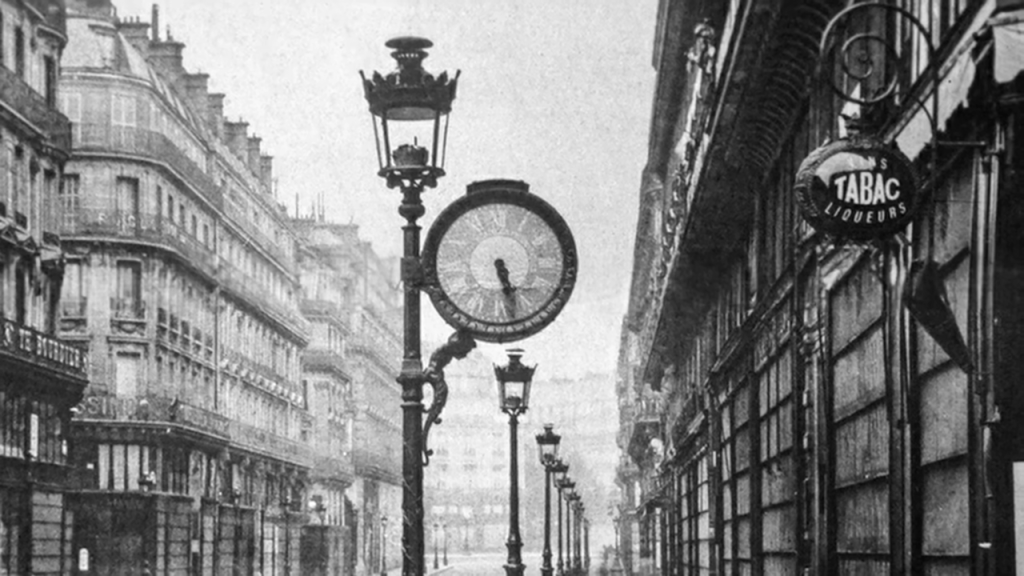
The Legacy of the Underground Clocks
Though the system was ultimately retired in favor of electrical clocks, its impact was profound. Even today, traces of the network remain—from old clock mounts on Parisian buildings to abandoned underground pipelines that once carried the pulses of time through the city.
The Paris Underground Clock System stands as a testament to the ingenuity of 19th-century engineering and remains a fascinating piece of history in the evolution of modern timekeeping.



